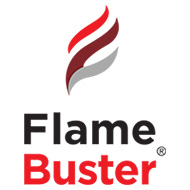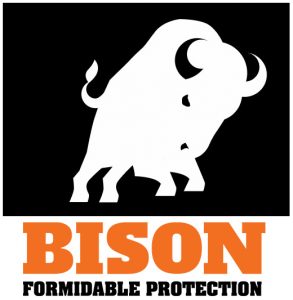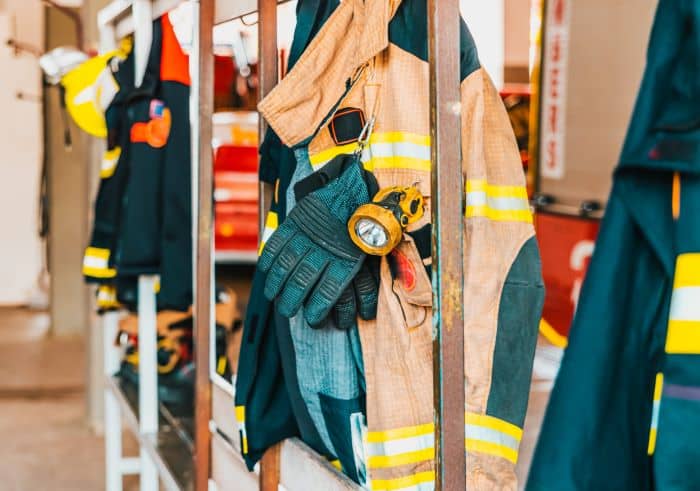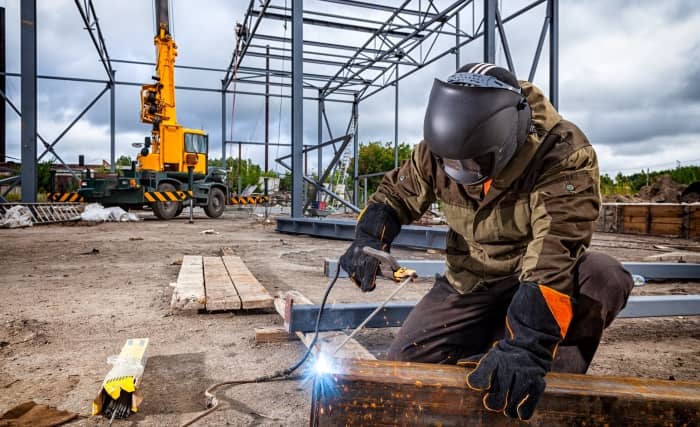Fire safety needs to be a high priority for any business, whether you run an office, retail store, or warehouse. Apart from fire evacuation drills, emergency procedure refresh courses, and exit sign tests, the law requires workers exposed to workplace hazards and risk situations to wear special kinds of protective clothing. Most people in the gas and oil sector should wear fire-safe garments, classified as either fire-resistant or fire-retardant.
The two terms can be confusing, which is why many individuals use them interchangeably. When dealing with fire safety, it’s prudent to ensure employees and employers have a working understanding of definitions, laws, and industry standards.
There is a key difference between fire-retardant and fire-resistant clothing. It lies in the garments’ materials, how they react when exposed to fire, and their self-extinguishing capacities.
What is Fire Resistant Clothing?
When a piece of clothing is deemed fire resistant, it is inherently resistant to catching fires. It can extinguish the fire without melting or dripping, even when exposed to extreme heat. In other words, the material can naturally deter fire. It doesn’t mean they will not catch fire, especially when directly exposed to a flame. That flame, however, will find it difficult to stay lit.
Depending on the material of the clothing, it could choke the fire and extinguish it. That means it effectively reduces burn risk and severity in the workplace. Examples of materials with excellent resilience to heat and are commonly recommended for fire safety PPE are:
- Nomex: Nomex has inherent flame-resistant qualities and can be used on its own to create a fire-resistant garment. However, many companies mix it with other materials in this list to lessen the stiffness and provide better moisture management.
- Modacrylic: Although this material cannot work independently, it is probably the most popular option today. It’s less expensive than Nomex but is more comfortable for all-day wear.
- Kevlar: This fibre is not only flame-resistant but also offers high strength. It is often combined with Nomex to create FR clothing.
You will need to evaluate the pros and cons of each material if you intend to purchase clothing made with these options. For example, Kevlar is excellent in stifling flames and even provides additional features to keep the wearer protected from high heat. However, it is quite expensive and may not be suitable for small businesses.
Difference between Fire Resistance and Fire Retardant
Many clothing lines offer mixed materials. If your job requires that you wear fire-resistant clothing, you should be careful to buy the correct PPE. But what about fire retardant clothing? Fabrics are treated with chemicals to boost their heat-resistant qualities. This is when they become fire retardants. The chemical treatment helps in slowing down the burn rate. Some fire retardants can also self-extinguish.
It should be noted that any fabric can become fire retardant. However, it MUST be chemically treated to qualify as such. This is where the difference lies. A special chemical should be applied for a certain fabric to be deemed fire retardant. For a material to be fire resistant, it should contain non-flammable fibres.
Industries That Require Fire Resistance Uniforms
If your business deals with dangerous chemicals, electricity, or fire, your employees should wear flame-resistant or fire-retardant clothing. Here is a list of jobs that typically require fire-safe uniforms:
- Electricians: Working with electricity puts you at a high risk of arc flash. This enormous energy release can result in temperatures over 19,400 degrees Celsius (35,000F). This arc flash can vaporise the metal conductors it originated from, and therefore, fire-resistant PPE is very much needed.
- Welders: From small splashes to high-speed particle impact, a welder is always at risk of fire.
Paper Processing Plant Workers: If the plant catches fire, you can bet that it will grow fast in a blink of an eye. Sprinkler systems and alarms are helpful, but they will not help workers next to the fire. That’s why FR clothing is necessary. - Chemical Plant Workers: As with paper processing plants, chemical plants also catch fires quickly. Therefore, workers should always wear fire-resistant clothing.
- Industrial Food Processing Workers: Precooked dinners sit on the shelf. Although safety standards are much stricter now, food processors are surrounded by heat and pressure. These forces can get out of control, causing deadly consequences. Protect employees with proper FR attire.
- Construction Workers: A construction site has plenty of hazards, especially when working with materials like cotton and lumber. Workers can get exposed to flames and smoke, causing dangerous smoke inhalation and burns. Ensure everyone is protected with proper FR clothing.
- Oil and Gas Field Workers: Fire hazards are everywhere, releasing flammable vapours and gases from oil wells, trucks, and production equipment. Employees should be fire-safe at all times.
Do you need fire-safe clothing? You may be wondering whether to choose flame-resistant or fire-retardant PPE. Fire-resistant clothing, in general, is the safer option, especially if you consider the difference in how the two fire-safe clothing types are made. However, your choice will still depend on several factors, including:
- Your company’s budget
- Fire danger level at the workplace
- The frequency of dealing with fires or flammable substances
- The amount of clothing required to ensure employee safety
- Other PPE requirements
You will usually see flame-retardant textiles when shopping for fire-safe PPE. They are cheaper and easier to produce compared to fire-resistant fabrics. Often, they are made of cotton or treated polyester. Flame retardant gear is a good choice if you aim to save some money and employees only work with flammable substances occasionally.
Standards and Fire Safety Procedures to Follow
The Occupational Safety and Health Act 1984 requires all businesses to comply with the AS/NZS ISO 2801 standard when providing heat and flame clothing. It gives general recommendations for selecting, caring for, and using protective clothing in the workplace. For guidance on evaluating heat and fire protective clothing, refer to AS/NZS 4502.2-1997. Meanwhile, AS/NZS 4502.1-2006 provides evaluation methods for radiant heat.
Most businesses rely on workwear fire performance standards stated in the following:
- AS/NZS 4824:2006, which details performance requirements for wildland firefighters’ protective clothing
- AS 4967:2006, which provides performance requirement standards for structural fighters’ PPE
The standards above guide industries on the minimum criteria to meet fire-resistant clothing requirements. The selection of protective clothing is given in AS/NZS ISO 2801:2008, as stated above. However, this particular standard does not contain performance guidelines. That’s why organisations mainly refer to the mentioned standard for guidance on their risk assessment procedures, as well as in defining protective clothing requirements.
All businesses should have fire safety plans, including automatic fire alarms and portable fire extinguishers in the workplace. If there is a fire risk, there should be “no smoking” signs, which should be strictly implemented. Working with flammable liquids is hazardous and, therefore, should be placed in the correct containers, usually made of metal. Disposal of solvent-soaked materials should be done carefully and properly.
Find the Fire Retardant Clothing You Need Here at The Workers Shop
Fire-safe clothing is critical as it is a matter of security of workers at your worksite. You must select the appropriate clothing to ensure your business is following safety standards. Not every worker in industries with high fire risk requires the same fire-protective gear. To make things easier for you, here are our recommendations:
- Lightweight pants and a shirt will help you stay comfortable even during the summer. The Bisley PPE2 Cargo Fire Retardant Pant offers back yoke ventilation. Another option is the Workit FR PPE2 Parbvotex Cargo Pant, which contains modacrylic and cotton as the primary materials. It’s flame-retardant, plus 50+ UPF.
- The Bisley Tecasafe FR Taped Shirt is a PPE1 garment, which means it offers neck protection. It’s a long-sleeved shirt with a two-piece structured collar and adequate ventilation.
- Make your search for FR clothing easier by selecting an overall suit. We have exactly what you’re looking for, such as the Bisley FR PPE1 Taped Lightweight Overalls. The set has a stand collar, front pockets, and FR reflective tape on the lower leg.
- In the winter, you may want a more heavy-duty jacket with flame-retardant features. We suggest you check out the DNC FR HRC2 Taped Jacket with 280gsm waterproof fabric. It’s made with 99% polyester treated chemically to provide fire protection.
For a complete list of our fire retardant collection, please head to https://www.workersshop.com.au/hi-vis/fire-retardant/. If employees work around combustible, flame-resistant or flame-retardant clothing is a must to stay compliant and keep everyone safe.





































